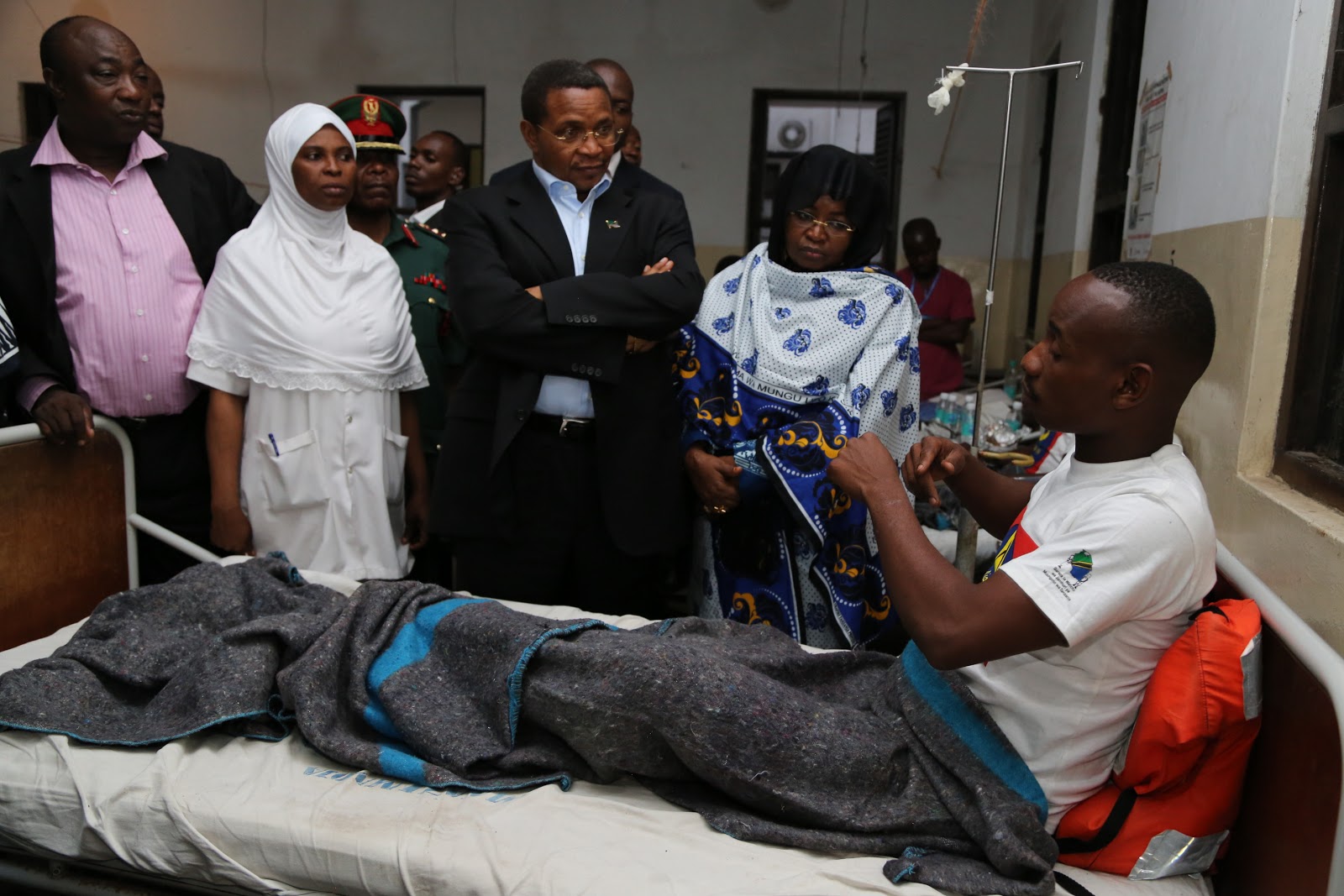Kachanchabuseta
JF-Expert Member
- Mar 8, 2010
- 7,269
- 675
""
Rais wa Jamhuri ya Muungano wa Tanzania, Mheshimiwa Jakaya Mrisho Kikwete ameagiza sayansi ya vinasaba (DNA) itumike mara moja kusaidia zoezi la utambuzi wa miili ya watu waliopoteza maisha yao katika ajali ya kuzama kwa meli ya *Mv Spice Islander* katika Bahari ya Hindi kwenye pwani ya Kisiwa cha Zanzibar usiku wa kuamkia jana, Jumamosi, Septemba 10, 2011"" By Rais kikwete
Mytake:
1. Je kikwete ataagiza tena DNA itumike kwa meli/ boat hii?
2. Nini mafanikio ya DNA kwenye Spice islander?
3. Je alikuwa na malengo gani kusema DNA itumike?

Note: Leo Rais alikwenda zanzibar kuwafaliji wazanzibari
Mytake:
1. Je kikwete ataagiza tena DNA itumike kwa meli/ boat hii?
2. Nini mafanikio ya DNA kwenye Spice islander?
3. Je alikuwa na malengo gani kusema DNA itumike?

Note: Leo Rais alikwenda zanzibar kuwafaliji wazanzibari